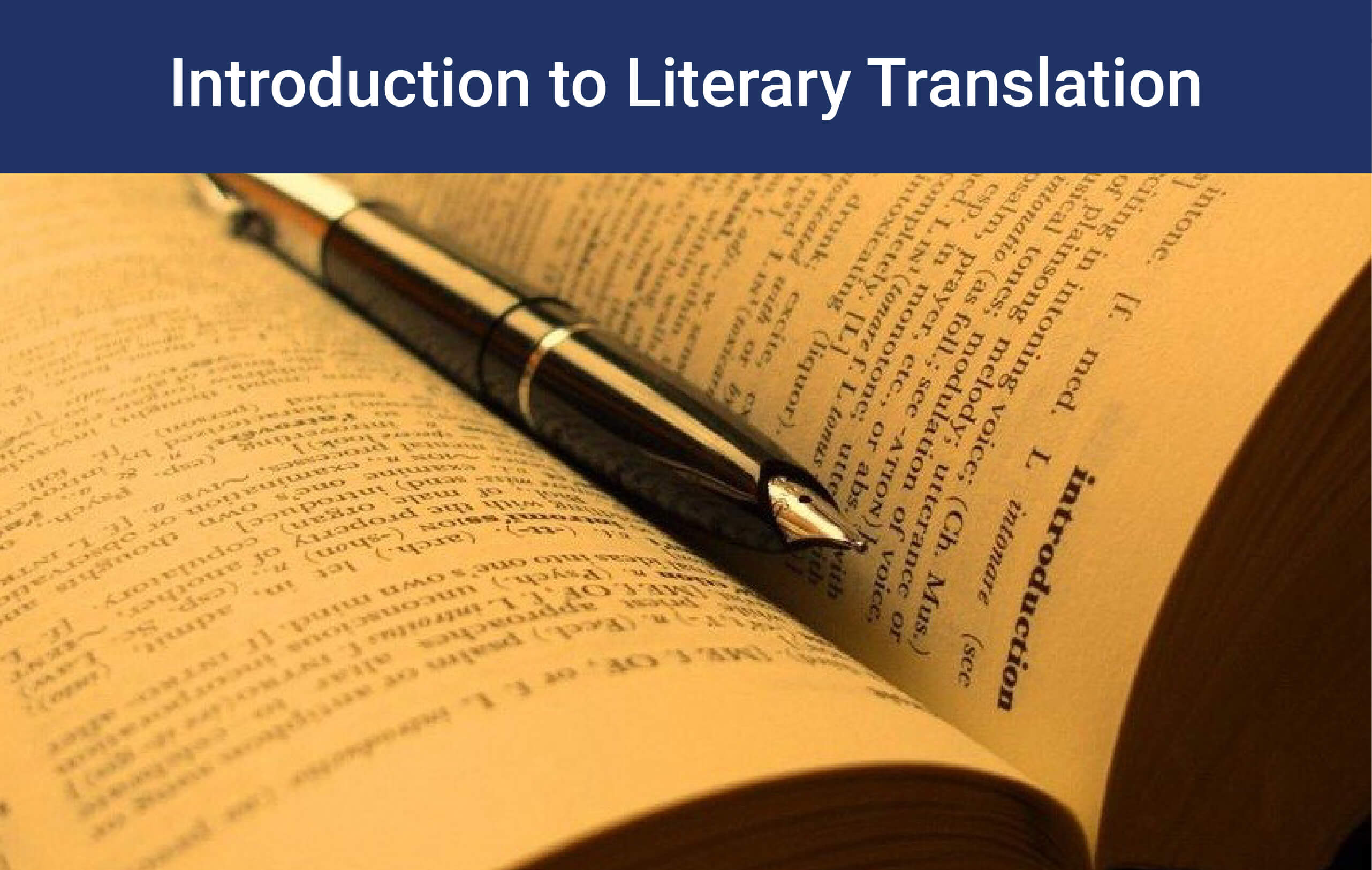





Literary translation is a typeof translation in which the source text is fictional/literary. Here are some kinds of literary/creative translations:
Literary translation is essentially distinct from other types of translation, and the characteristics of literary translation are numerous. This means that literary translation serves an aesthetic purpose in addition to giving facts to the reader.
A literary work's visual picture (whether it is of a character or of nature) will undoubtedly affect the reader. As a result, literary translation must consider all of the source text's characteristics. When we read a tale, poem, or other literary work that has been translated from a foreign language, we should experience the text's meaning, emotions, and characters.
To generate a specific image for the reader is difficult. Thus, literary translation may deviate from usual guidelines to deliver the writer's intended message to the reader. Depending on the translator's perspective, a literal translation cannot convey the depth and significance of a literary work. A skilled translator will be able to express emotion, traditions, culture, sarcasm and humor while maintaining the book's style and setting.
Literary translations are more expensive than regular translations , as specialists must process a dense source material layer. The translator must understand the context, be able to translate the same context without loosing its meaning and retain its actual inferences. The translated text undergoes various phases of processing. The cost of literary translation is determined on a case basis.
Literary translation demands exceptional abilities due to the unique features of the text involved. Bear in mind that thousands of people may read the translation of a book or poem . This requires that the text is adequate, correct, interesting, and that the translated document must convey the same image as the original.
It is necessary to underline that literary translation involves a creative approach and translation talents. As a result, the strategy generates considerable dispute within experts. One of the most frequent obstacles encountered during translation is that the source and target languages originate from different cultures.
For instance, works published in Arabic are dense with sacred texts drawn from the Koran, and their translation and interpretation may be challenging for individuals of another religion. As a result, comprehending diverse cultures becomes more important than going by the exact meaning.
Another challenge is translating a work that describes the customs of a specific nation or location in the world. Additionally, phrases or terminology associated with a particular nation or territory may lack an equivalent in another language. In some instances, the translator is required to define the terms or coin his own new ones!
As it is evident, syntax of two languages is not necessarily consistent. The syntactic rules are breached when translating word for word. As a result, the values assigned to the source and translated texts can disagree. Although the author's language and intent are defined, the author's expression technique is foreign to the language under study. The translator must portray the author's and characters' feelings and emotions through the use of appropriate literary approaches. The following techniques are used to edit literary translation texts:
Thus, defining what literary translation entails is an uphill task. Any translation work should reflect the translator's abilities and traits. The translator's primary responsibility is to attempt a flawless translation of the work, utilizing all available abilities and approaches in the language. This is done at Language Services Bureau where trained and experienced professionals work on translations for literature. To learn more, you can check out our website - https://www.languageservicesbureau.com/
For any queries related to language translation services. Inquire at our email address below or give us a call today!
info@languageservicesbureau.com
Telephone: +91-20-24470509, +91-82370 60559
Similar articles for you...

आमच्या गेल्या महिन्यातील ब्लॉग मध्ये भाषांचे ज्ञान आवश्यक असणाऱ्या करियर क्षेत्रांची माहिती आपल्याला मिळाली. जिथे भाषेचे ज्ञान फायद्याचे ठरते असे इतर व्यवसाय आपण या महिन्यात पाहुयात.

Posted by : Language Services Bureau

The time it takes to learn a language depends on what you want to do with it– here is a great article about language learning and the kind of expectations you can set about the time required for the same!